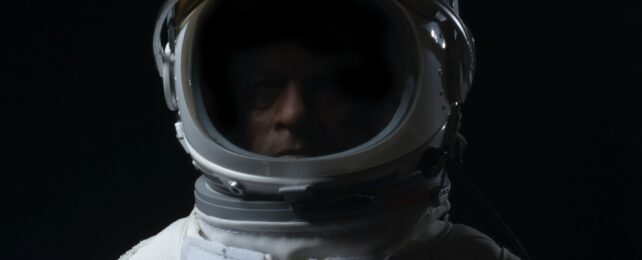We know that time in space affects our bodies, from our brains to our bones, but scientists are still not clear on the details. In a new study, researchers looked at how the length of space missions and the time between them might affect fluid in the human brain.
This cerebrospinal fluid, stored in the brain in four pockets called ventricles, helps to cushion the brain and keep it protected. It's also associated with washing away cellular waste and delivering nutrient supplies from the bloodstream.
Researchers from the University of Florida, NASA Johnson Space Centre and other institutions in the US have discovered the way in which spaceflight increases ventricle size and brain fluid volume depends on certain factors, including the length of time astronauts spend in space, and the intervals between their space adventures.
"These findings demonstrate that ventricle expansion continues with spaceflight with increasing mission duration," write University of Florida neuroscientist Heather McGregor and colleagues in their published paper.
Additionally, "intermission intervals less than three years may not allow sufficient time for the ventricles to fully recover their compensatory capacity."
This increase in ventricle size and additional brain fluid is something that has also been seen in previous studies, and it's accompanied by an upward shift of the brain within the skull in microgravity, which in turn contributes to fluid redistribution.
Using MRI scans of 30 astronauts, the researchers built on those earlier studies to discover that the longer the spaceflight, the greater the increase in ventricle size – up to six months or so, where the rate of change seems to plateau.
It's thought the swelling of the brain's ventricles represents a compensatory mechanism during spaceflight, allowing the brain to accommodate shifts in cerebrospinal fluid. Once back on Earth, brain fluid slowly settles back to its normal distribution.
"Although it seems counterintuitive that there would be a greater change in this structure for shorter missions, this may reflect an early, adaptive structural change in-flight that gradually returns to baseline over time," the researchers explain.
For the seven astronauts who had a break of less than three years between missions, this ventricle expansion wasn't as prominent. The team suggests that this means there's not enough time for the brain ventricles to shrink and reset themselves, in order to be able to deal with the increases in cerebrospinal fluid.
The scans also showed that the more previous missions that an astronaut had done, the less noticeable the increase in ventricle size was after a mission. It's almost as if the brains of these astronauts were "less compliant" due to earlier expansions, or had maxed out their capacity for coping with the stressors of spaceflight, the researchers posit.
"This finding suggests that the brain is impacted by the cumulative effects across multiple flights and perhaps separate bouts of adaptation to microgravity and the spaceflight environment," write the researchers.
Part of the challenge for scientists is that there aren't really that many people going up to space on a regular basis – 636 individuals in total at the time of writing. Analyzing the effects of spaceflight on larger groups of people is going to be important to get more of an idea about how different bodies and brains are impacted.
This study didn't go into the subsequent health impacts of changes in ventricle size and brain fluid levels, but it's clear that brain shifts are happening, and are affected by mission length and frequency. Previously, this additional cerebrospinal fluid has been linked to vision problems for astronauts.
With longer missions planned to the Moon and Mars in the coming years, we need to understand as much as we possibly can about what the astronauts will be putting themselves through – and nowhere is that more important than in the brain.
"These findings illustrate some potential plateaus in and boundaries of human brain changes with spaceflight," write the researchers.
The research has been published in Scientific Reports.
